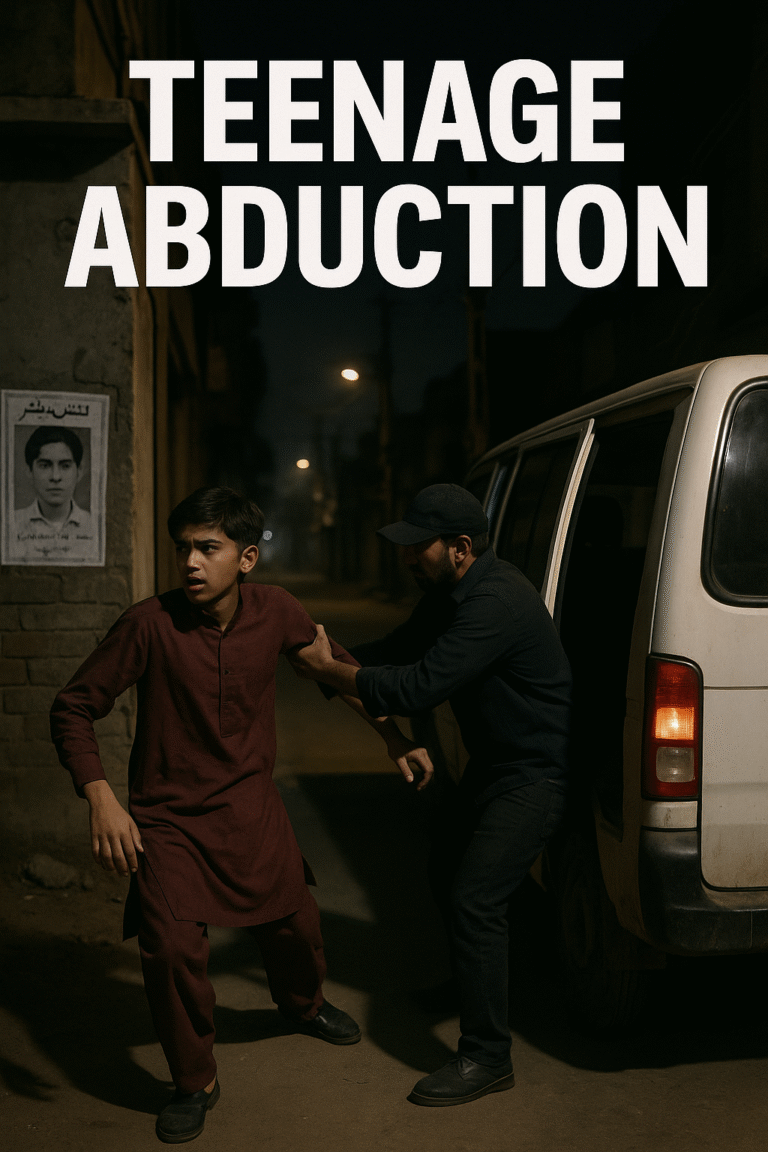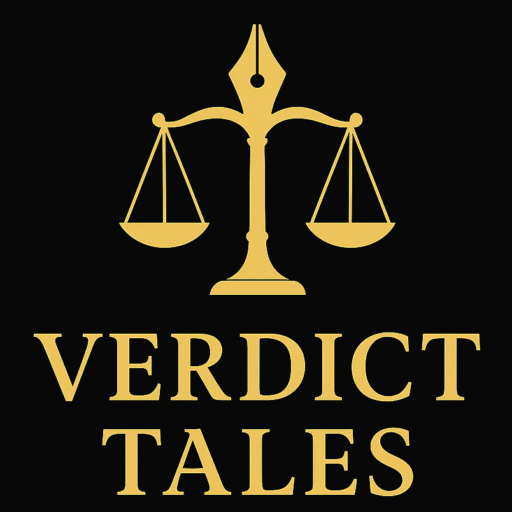A Routine Errand Turns Tragic
Picture this: June 28, 2012, in bustling Gujranwala. 15-year-old Atif Sajjad leaves his father’s auto shop to run errands—groceries, bill payments. But he never returns. What follows is a harrowing tale of kidnapping, ransom demands, and murder, with a legal battle reaching Pakistan’s Supreme Court. This is the story of Khurram, a man sentenced to death for a crime the highest court would later say lacked proof.
The Disappearance
Atif was last seen around 11:30 AM near his father Sajjad Ahmed’s mechanic shop. When he didn’t return by nightfall, panic set in. Sajjad filed a missing person report the next day, but police found no leads—not even from Atif’s cellphone records.
For 18 agonizing days, the family held hope. Then, on July 16, two electricians—Abdul Qayyum and Muhammad Sabir—arrived to fix Sajjad’s generator. Seeing his distress, they dropped a bombshell:
“We saw Atif with four men—Khurram, Bilal, Ajmal, and Amir—on the day he vanished.”
The Arrests and Grisly Discovery
Police acted swiftly:
-
Khurram, Ajmal, and Amir were arrested that same day (Bilal remained at large)
-
During interrogation, they allegedly led officers to a rented house
-
Beneath the floorboards: a decomposing male body, too decayed for visual ID
No DNA test was conducted, but Sajjad insisted it was Atif. The suspects were charged with:
✔ Abduction for ransom
✔ Murder
✔ Concealing evidence
The case was escalated to Gujranwala’s Anti-Terrorism Court—a move reflecting its severity.
The Ransom Twist
On August 3, Sajjad made a shocking new claim:
-
The kidnappers had demanded ₹2 crore (∼$70,000)
-
He stayed silent, fearing for Atif’s life
-
Now believed they killed Atif when payment failed
This became the prosecution’s key motive, though they provided no call recordings or messages as proof.
Trial & Conviction
The 2012 trial saw dramatic moments:
-
Star Witnesses: Qayyum and Sabir testified they saw Atif with the accused
-
Critical Flaw: They couldn’t specify time/location of this sighting
-
No Forensic Links: The body wasn’t conclusively ID’d as Atif’s
Despite these gaps, on November 14, 2012, the court:
-
Sentenced Khurram, Ajmal, and Amir to death
-
Ruled the crime fell under anti-terrorism laws
The High Court’s Surprise Move
At the Lahore High Court (2015):
-
Ajmal and Amir were acquitted—evidence against them was deemed weak
-
Khurram’s conviction stood, death sentence upheld
This inconsistency troubled legal experts. If two suspects walked free on the same evidence, why was Khurram still guilty?
Supreme Court’s Landmark Ruling
In 2019, Justice Qazi Muhammad Amin Ahmed‘s bench exposed fatal flaws:
1. The “Eyewitnesses” Were Unreliable
-
Qayyum and Sabir were related (brothers)
-
Their story emerged weeks after Atif vanished
-
Provided no specifics about the alleged sighting
2. The Body Had No Proven Link
-
No DNA test to confirm it was Atif
-
House where body was found had no clear ties to Khurram
-
Landlord Ghaffar Ahmed’s testimony was conveniently late
3. The Ransom Story Fell Apart
-
Sajjad reported it 37 days post-abduction
-
Zero evidence of any ransom calls/demands
-
Contradicted his initial missing person report
The Shocking Acquittal
On May 15, 2019, the Supreme Court:
-
Overturned Khurram’s conviction
-
Called the case “riddled with reasonable doubt”
-
Ordered his immediate release
Quoting legal maxim:
“Better 100 guilty escape than one innocent suffer.”
The Aftermath & Lessons
-
Atif’s fate remains unknown—no definitive proof he’s dead
-
Khurram walked free after 7 years in prison
-
Key Takeaways:
-
Evidence over emotion: Witness accounts alone can’t convict
-
Document threats: Always keep records of ransom demands
-
Forensics matter: No body ID? No conviction.
-




